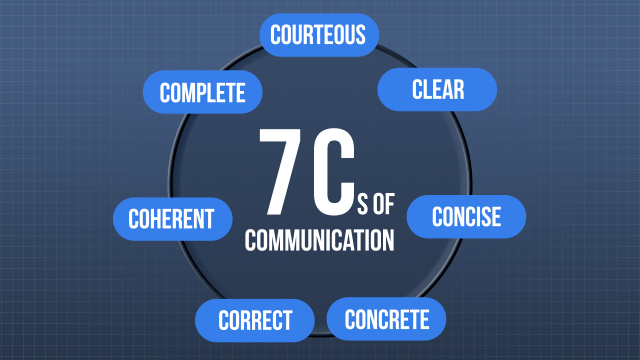




Communication Skills for Supervisors
Communication skills are frequently cited as the most important skills for supervisors. To be an effective supervisor, you must be able to communicate with all levels of the organization. Poor communication can have many negative consequences, such as poor performance due to lack of alignment on expectations, and conflicts between individuals. This module will cover some essential skills for communicating effectively, with a focus on communicating with your subordinates.
Request a demoCourse Details
Learning Objectives
• Describe the elements required for effective communication
• List and describe the 7 Cs of effective communication
• Describe different communication methods and how to choose the best one
• Identify and describe common forms of nonverbal communication
• Describe how to listen effectively
• List general communication guidelines and skills for supervisors
Specs
| Course Level | Intermediate |
| Languages | English |
| Compatibility | Audio, Video |
| Based on: | Industry Standards and Best Practices |
Key Questions
What is the most effective form of communication?
The most effective communication method depends on the situation. For example, an email is fine for something like a short project status update, but not for discipline.
What are the 7 Cs of communication?
The 7 Cs of communication describe the characteristics of effective communication. The 7 Cs are clear, concise, concrete, correct, coherent, complete, and courteous.
What does it mean for communication to be concrete?
The message should be supported with accurate facts and figures when appropriate. Be as specific as possible and avoid generalities.
How do I control non-verbal communication?
Non-verbal communication can be difficult to control because it is usually subconscious. However, you can control speech patterns, posture, and eye contact.
How should bad news be communicated?
Delivering bad news is hard. It is best to deliver the news in person. Be sincere and clearly explain the situation. It is also important to let the affected employee vent their concerns, and then work together to develop a plan that addresses those concerns.
Sample Video Transcript
Communication is the transfer of information between a sender and a receiver. There are many different ways this can be accomplished, but the three main forms of communication are: • Verbal – speaking face-to-face or over the phone • Nonverbal – communication without words, for example, facial expressions, eye movement, body language, or hand gestures • Written – reports, emails, posters, or webpages For communication to be effective, the sender and receiver need to reach a common understanding. The sender must choose the appropriate communication method and deliver a message that’s easy for the receiver to interpret. The receiver must listen and provide feedback to verify their understanding.
Demos + Pricing
Learn more about our courses, get pricing, and see our platform.











